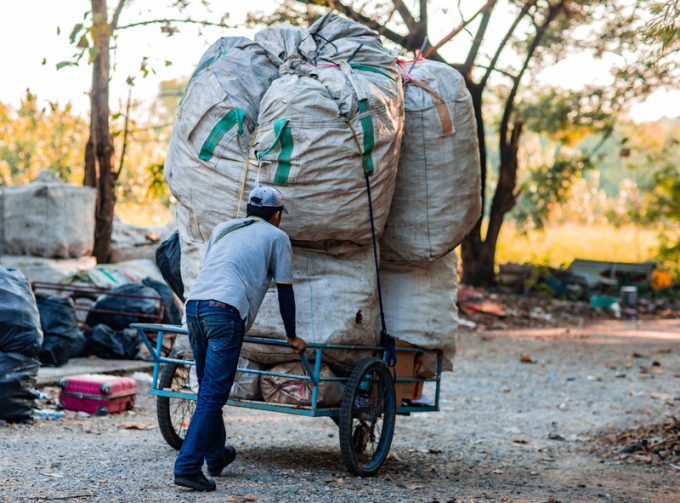India-Africa: Capacity revamp as demand brings rate gains for carriers
India-Africa trade is seeing a reconfiguration of capacity deployment due to the shipping alliance changes ...

Container lines are becoming increasingly selective about the commodities they want to carry, targeting “more for less, in size” during the peak season rush.
Heavy and overweight shipments have taken a hard knockback from carriers working to push vessel loads on available space from India to ...


Comment on this article